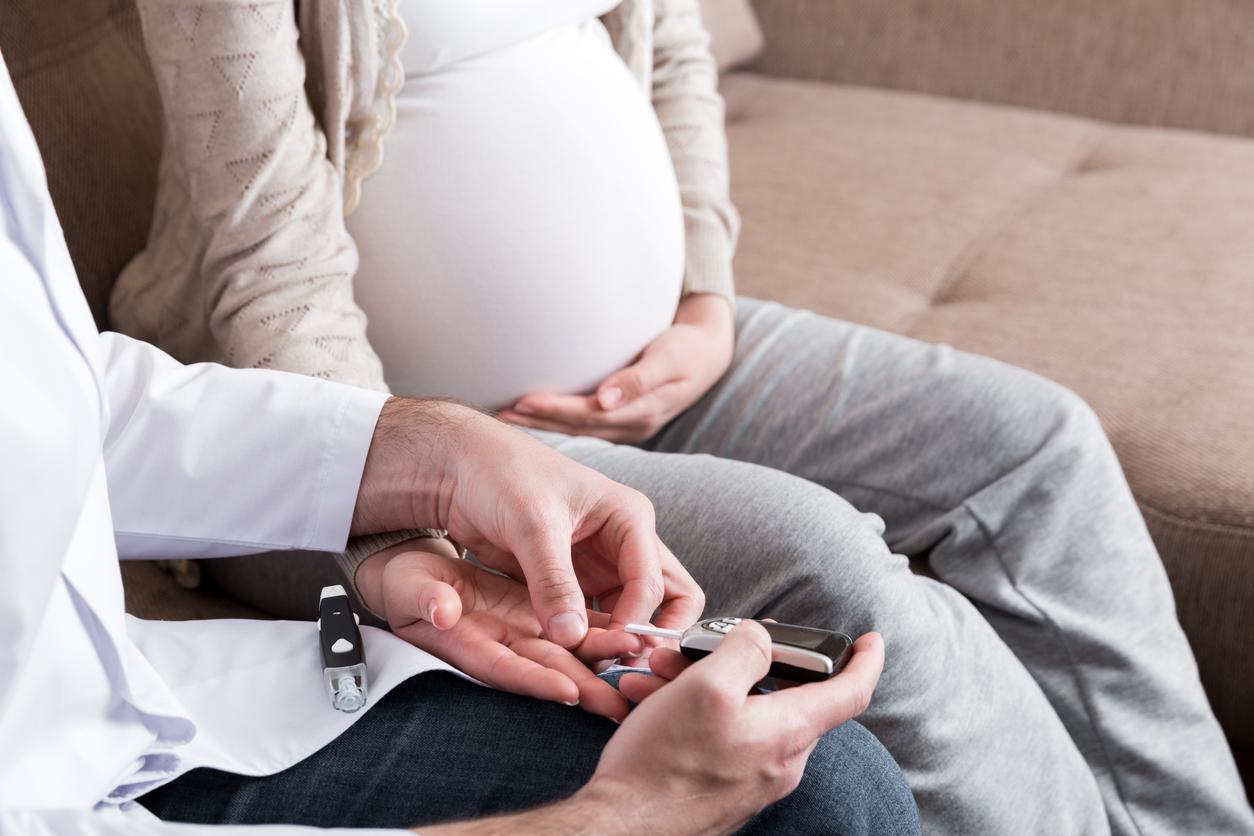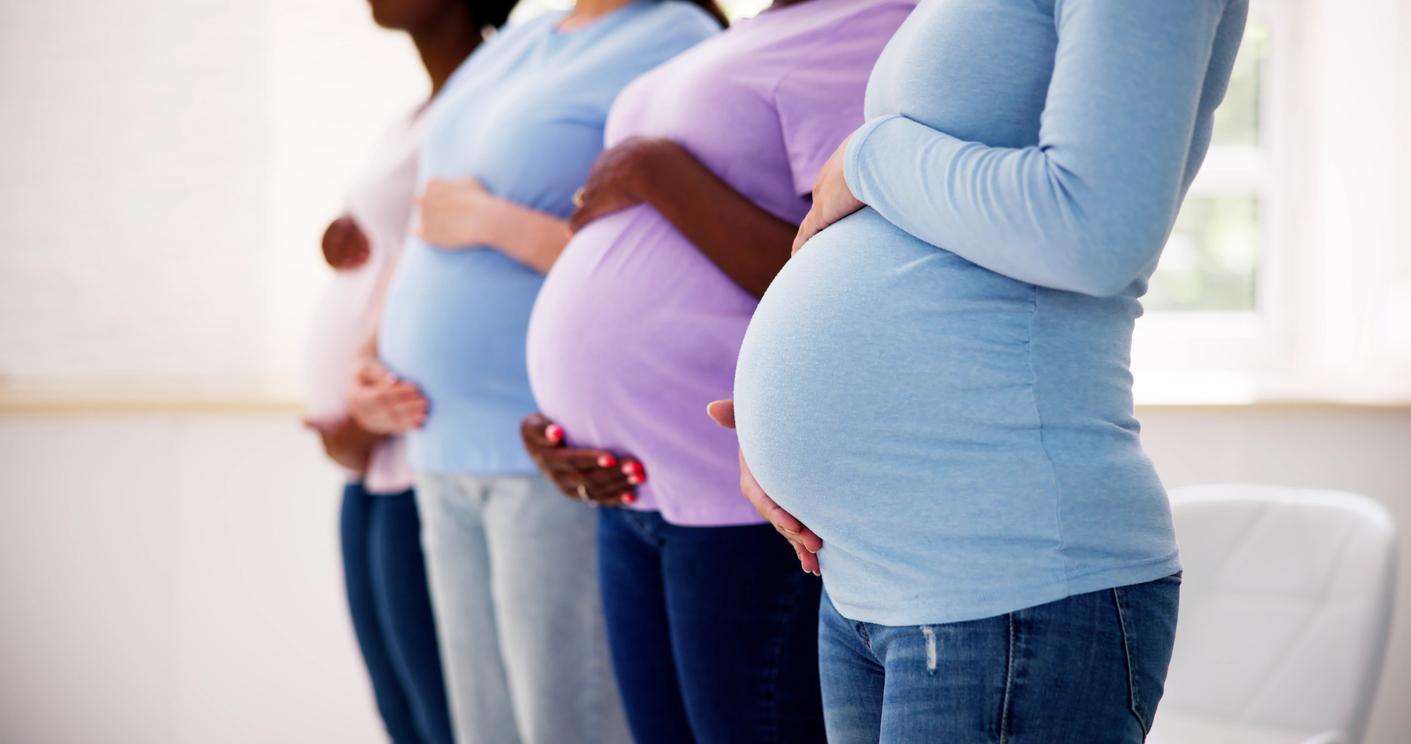Almost a year after the operation, the first French woman to have undergone a uterus transplant told her experience to France Inter. For the time being, she has had no rejection and is planning a pregnancy from April 2020, twelve months after being transplanted.

“I’m lucky. I had zero early rejection”. On France Inter Tuesday January 7, Déborah, 34, recounts the uterus transplant she underwent in March 2019. For the time being, everything is going well for the young woman, the first French woman to benefit from such an operation. She is planning a pregnancy from April 2020, twelve months after being transplanted, the deadline to be respected. After she gives birth, her uterus will be removed to avoid the consequences of anti-rejection treatment.
Déborah was 17 when she was diagnosed with a lack of a uterus. Helped by her family and her companion, she considers all the solutions to have a baby, adoption and surrogate mothers, prohibited in France. In 2014, the year when the first baby born thanks to a uterus transplant was born in Sweden, she finally decided to register on the register of recipients. “The possibility of being able to carry my biological child is necessarily something very strong,” she says.
In France, two teams have recently been authorized to practice uterine transplantation: the University Hospital of Limoges, with deceased donors, and the Foch Hospital in Suresnes with living donors. “I never thought it could be me first. But why not ? Nothing ventured, nothing gained’. There were selection criteria. There were several interviews and it turned out that we were finally lucky enough to be able to follow the protocol of the Foch hospital in Suresnes”, explains Déborah.
“We live day to day”
His donor will therefore be his mother, 58 years old. For this kind of transplant, it is better if the women of the family make the donation: this avoids financial negotiations and the chances of accounting are greater. “When I was told about my syndrome, my mom told me that if ever one day medical advances allowed it, she would give me her uterus. So she was careful if she had the slightest little thing in the uterus, sometimes it could be useful to me one day, ”recalls the young woman.
In 2018, Déborah met the hospital committee where the process was explained to her in detail. Then, she has three months to reflect before meeting the committee a second time. “They have to decide, based on the interviews we have had with them, if they think we are fit to enter into this protocol. Afterwards, we waited for the compatibility results between mom and me. We crossed our fingers. It is perhaps the longest two months because everything can stop then”. Between the first contact with the committee and the operation, a year passes in all.
And the famous operation finally arrives. The mother is operated on, then the daughter. The harvest takes longer than the graft. “Four days later, when we did the ultrasound and we saw that the arteries were working very well, that the endometrium was thickening and that the uterus had stalled on my cycle, on my hormones, I said to myself ‘that’s it, it’s part of my body that has accepted it’. He was no longer Mama’s. It was mine”, says Déborah who, two weeks later, has her first measurements. “It’s magic, but from that day on we live day to day because there may be a risk of early rejection or complications. But I’m lucky. I had zero early rejection.”
One in 4,000 women is born without a uterus
From now on, the young woman must therefore wait until the 1er April for the long-awaited embryo transfer. She hopes her story will make a difference for women born like her without a uterus, that’s one in 4,000 women.
Women without a uterus aren’t always born that way. For example, some pregnant women may suffer from uterine ruptures because the uterus had a scar from a previous cesarean section or other intervention. The uterine muscle then tears at the level of the scar during the contractions, which leads to internal bleeding. When this happens, an emergency caesarean can save the baby. If the mother’s damage and bleeding is too severe, surgeons remove her uterus. We’re talking abouthysterectomy.
Sometimes it’s because of endometriosis. This disease is characterized by the development of tissue similar to that of the lining of the uterus outside the uterine cavity. The latter is then grafted onto the peritoneum, the ovaries but also sometimes the intestine or the bladder, which can lead to very strong pain and even infertility. And when treatments are not enough to relieve symptoms, some women may decide to have a hysterectomy as a last resort.
.















